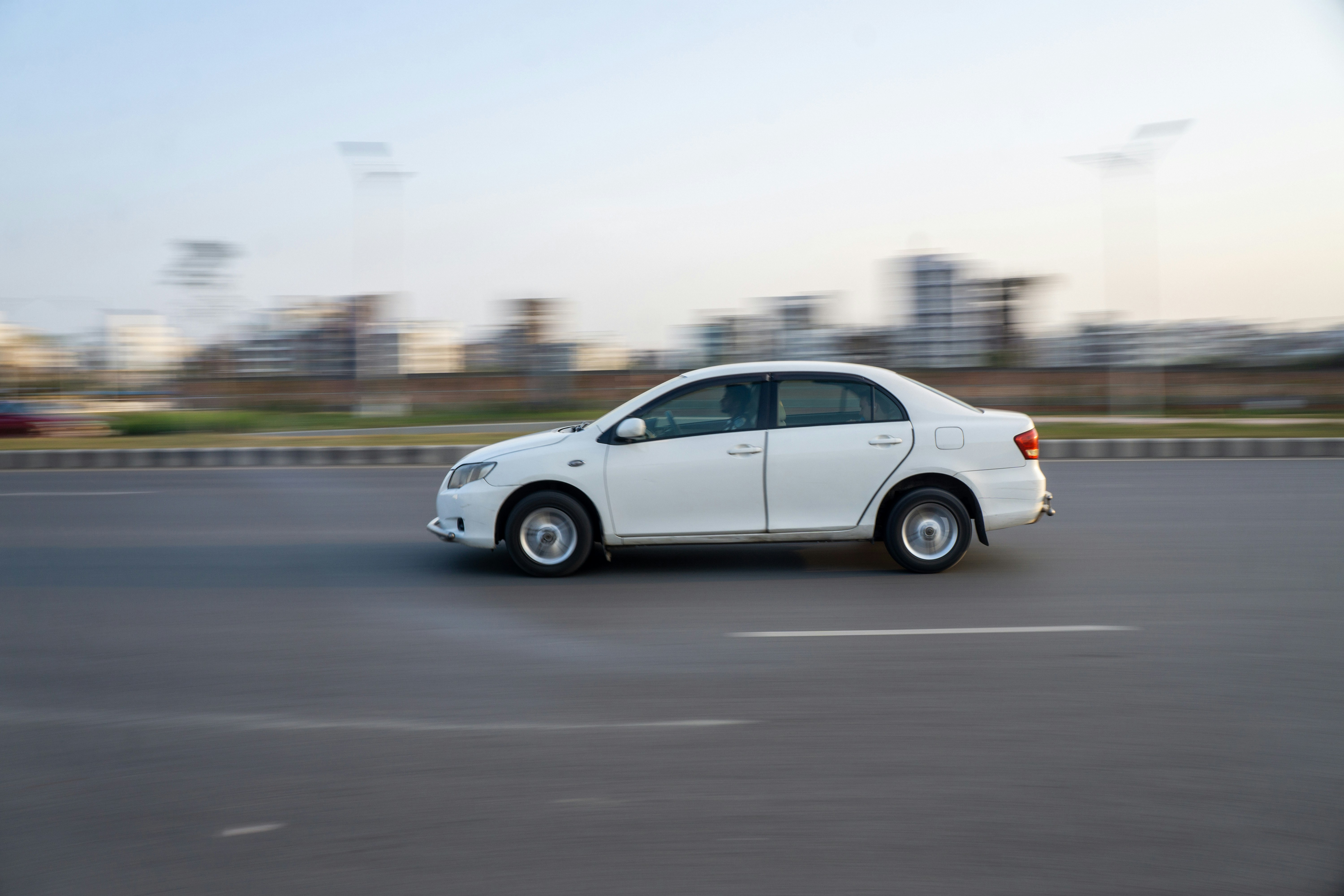Hazard perception is at the hub of driver safety.
It determines how much time a driver has to perceive and manage risks, and whether they are then able to mitigate that risk and avoid the hazard.
The best drivers are constantly looking ahead and eye scanning, adjusting their speed, and checking the position of their vehicle on the road based on what they are seeing. This means they spot danger and potential dangers before they become a hazard.
For example, the safer driver notices a pedestrian walking on the footpath. This is not a hazard. But as they continue eye scanning they see the pedestrian looking over their shoulder/moving towards the road and this becomes a precursor to a hazard. The safer driver takes this into account, slows down slightly and maybe adjusts where their car is on the road. They are fully prepared if that pedestrian steps out to cross the road and can avoid what has then become a hazard.
What happens if it’s not our safer driver behind the wheel? The driver swerves, becoming a hazard themselves, causing more issues; They slam on their brakes, which also creates a hazard and increases the possibility of an incident on the road; They don’t see the pedestrian who then has to take evasive action; or they hit the pedestrian. Any of which could result in a very bad outcome.
Incidents happen as a result of the decisions people make. But if you know where to look and can spot the signs, those incidents might become near-misses or not even incidents - which is healthier for everyone.
We know all drivers can benefit from additional training in hazard perception, even those who already practice good higher-level driving skills (visual search, hazard perception and risk management). Humans maintain a skill through constant use and get better at that skill through training.
How do we know this? Researchers at the University of Queensland found that participants who failed their hazard perception test were actually 25% more likely to go on to be involved in a crash. And they were also 17% more likely to have been involved in a previous crash.
Similar research also tells us video training (such as that provided by Fleetcoach) can help drivers identify and prioritise potential hazards as accurately as in car training in a safer environment, with the chance to experience multiple scenario’s.
Changing the attitudes of drivers can ensure they don’t repeat past mistakes and can prevent future mistakes. Reactive training is too late, you need to be proactive to keep your drivers safe. Driving is a critical risk in any organisation with a fleet, and while you can’t remove the risk, you can improve the seriousness of that risk.






.png)

